In 2022, email marketing generated nearly 11 billion dollars in revenue worldwide. In the age of omnichannel marketing, all statistics prove that email remains one of the most effective channels in your marketing strategy. Email personalization, on the other hand, takes the lead in this strategy.
This is neither a surprise nor a novelty, but it is a trend that establishes itself as a marketing essential every year. And email is no exception! Email personalization is now THE mode of communication to adopt when addressing your audience.
Why? Because it allows you to:
- Capture your target audience’s attention and make them feel unique.
- Build a genuine trust relationship with your community.
- Enhance the quality of your interactions and meet your clients’ needs effectively.
In short, personalizing your emails is the best way to improve your client strategy and your marketing performance. We’ll reveal in detail all the secrets for optimal personalization of your campaigns.
Email personalization and customer relationship: the winning duo
Each of your customers is unique. The emails they receive should be just as unique!
Understanding and knowing your audience for better email personalization
According to a study by McKinsey and Company, the issue of personalization has reached a new milestone since the period of the health crisis. Now is the time for ultra-personalization: 71% of consumers expect brands to offer them a personalized experience, and 76% of them are more inclined to buy from brands that adopt such a strategy.
The same goes for email. According to HubSpot’s Ultimate List of Email Marketing Stats, the most effective strategies for email campaigns are segmentation (78%) and personalization (72%), with the two being closely intertwined. The study conducted by Mailchimp tells us that a personalized email can increase your open rate by 82% and your sales by 56%!
All of these statistics help us better understand what the term “personalization” implies. It means that brands need to put themselves in their consumers’ shoes in order to:
- Understand and anticipate what they can expect from it
- Know their behaviors, journey, and purchase history
- Build individualized relationships and interactions
- Provide the best possible support for the customer in their relationship with the brand throughout their journey
If this trend of personalization had already been identified for many years, this article by Pierre de la Boulay, Associate Director at McKinsey in the Paris office and published in LSA, shows that the challenge is now to implement “mass ultra-personalization.
Email personalization beyond data
All the data collected on consumers, therefore, forms the foundation of personalization. But the level of personalization now expected in email goes far beyond the basics like having a first name, last name, or address.
To achieve delivering relevant offers and generating meaningful engagement, it is now necessary to utilize and analyze the collected data to better understand:
- Where your customers live: useful for promoting local offers, providing contextualized information, adapting to local customs, events, and calendars (especially for international markets).
- The purchasing behaviors of each of them: when do they make the most purchases during the year? What types of offers or product categories are they sensitive to? Are they responsive to promotions? What products have they already purchased? What are their preferences?
- The psychology of each of your consumers: do they make impulsive purchases or do they need time to research? What types of content interest them the most? How sensitive are they to customer reviews? Are they loyal or volatile customers? …
| Discover how, with the help of Dartagnan, Back Market enriched its customer relationship through its email strategy. |
Keys to Creating Impactful Personalized Email Campaigns
Carefully craft your automation scenarios
Interacting meaningfully with your target audience involves being able to communicate with them with the right message at the right time. To do this, you will need to rely on the most refined segmentation of your database and also precisely script your customer journeys.
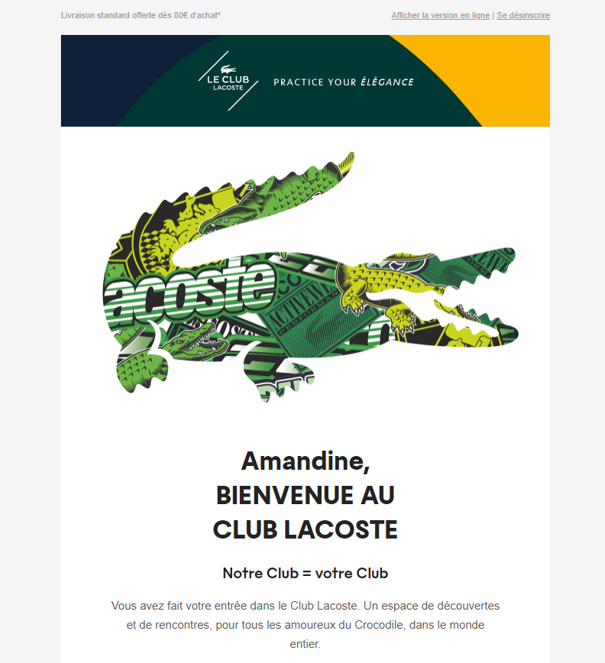
Among them, pay special attention to your transactional emails, which should be personalized as well:
- Welcome emails
- Birthday emails
- Abandoned carts
- Account creation
- Order confirmation and tracking
These classics of the genre are also the sequences that can generate the most engagement and differentiate you from your competitors when well-designed.
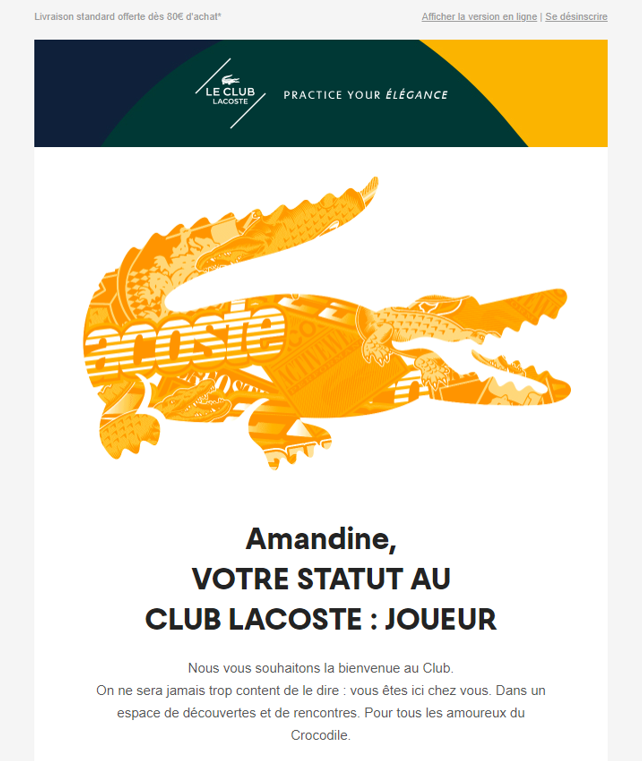
| Customer Case: custom triggers made by Dartagnan – the mechanics of Alltricks’ success |
Insert dynamic content blocks in your emails
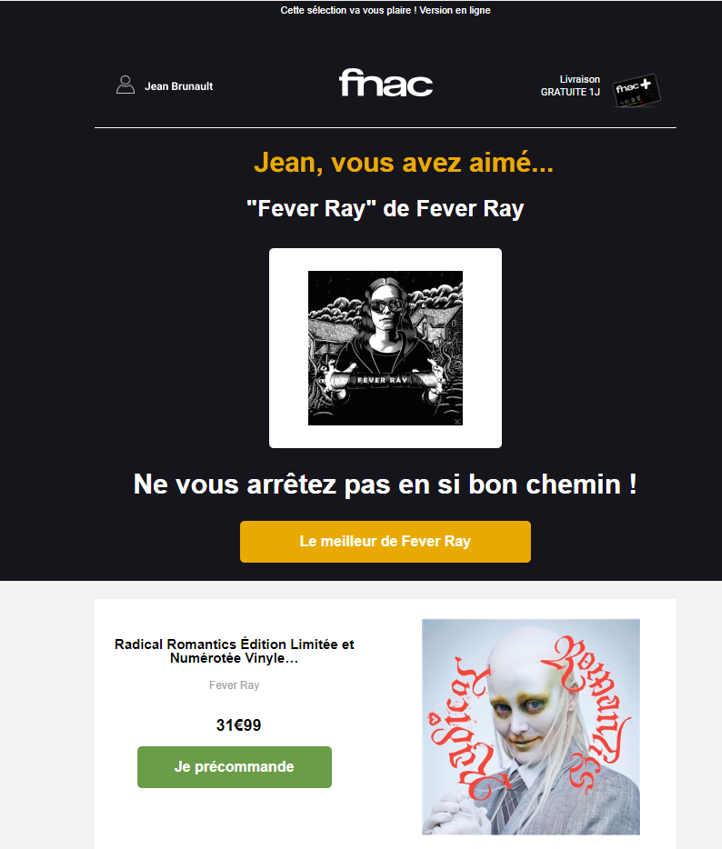
What is called dynamic content is content that changes based on the email recipient and can vary depending on various parameters:
- Integration of a countdown timer
- Offers conditioned based on the recipient, weather, stocks, or purchase history
- Promotions tailored to the geographical location
- Price updates based on the time of opening
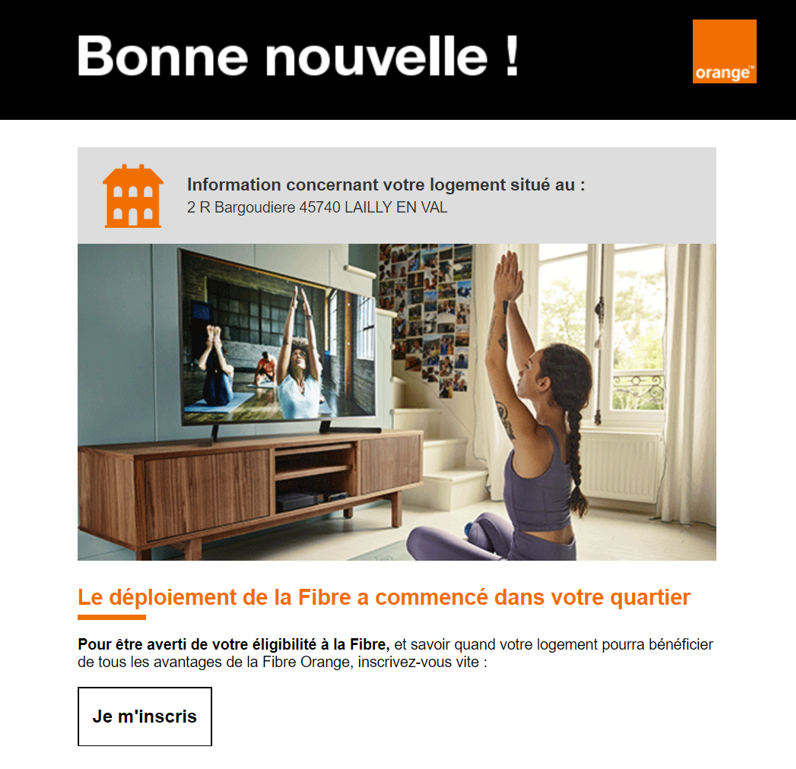
Dynamic content ensures real-time, contextual, and customer journey-adapted communication. In short, it is one of the most impactful levers for personalization.
Email Personalization: Create “Tailored” Emails
When you have control over your customer data, don’t hesitate to use all the features of your email building solution and all the resources of your brand identity to <strong>personalize the email in its content as well as in its design.
- The tone and copywriting of your email
- Choice of background images
- Hierarchy of information and offers
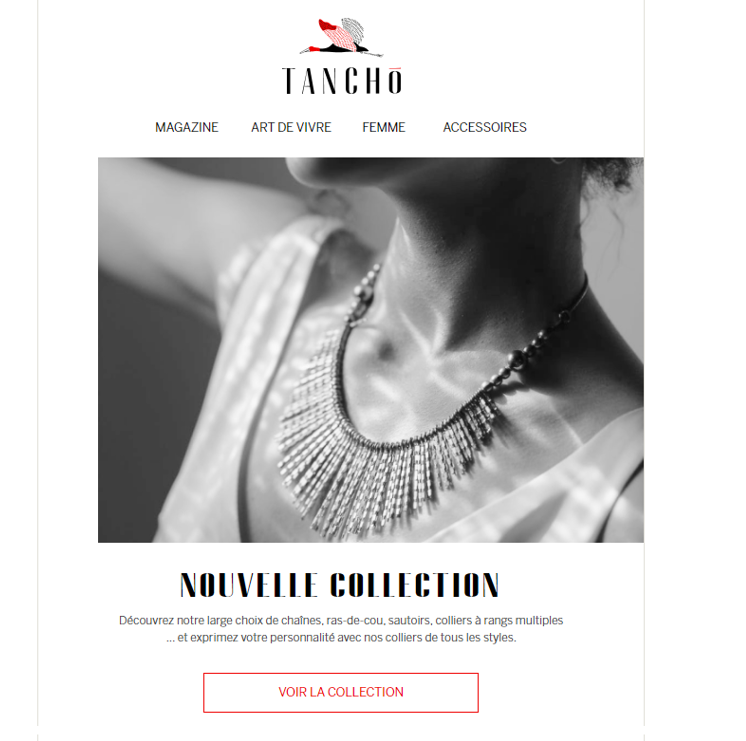
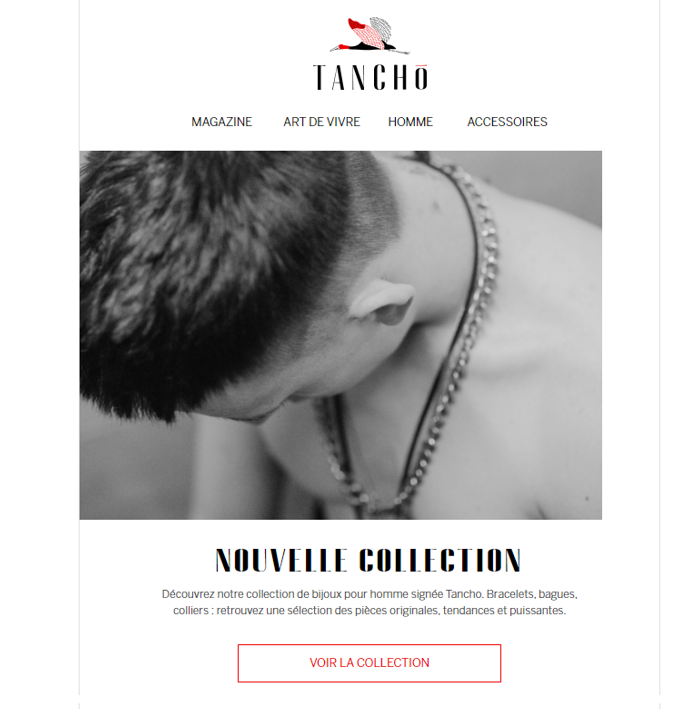
Remember that the same campaign can be thought of and implemented differently depending on its destination.
Dartagnan: an email builder that supports your personalization strategy
It is often considered that email personalization is primarily the responsibility of automation and routing solutions. However, the email builder Dartagnan can also support you in personalizing your campaigns.
Create conditional blocks to make your emails more dynamic
Thanks to the Code element in our interface, our clients can input data collected in their CRM tool and thus create conditional blocks. What does this involve? Blocks whose display and content vary depending on the provided data:
- Promotions that appear or not depending on geographical data
- Images that vary depending on gender
- Product offers that are pushed or not based on the customer’s status (loyalty card)
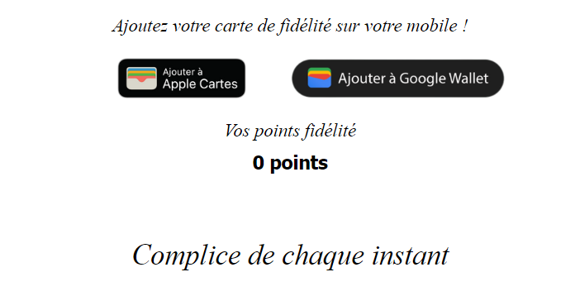
Thanks to the Code element and conditional blocks, you can easily create dynamic content and speed up your production processes by significantly reducing the number of campaigns to create!
Use Test Variables to Implement Your Segmentation Strategy
According to the SaleCycle study, the main obstacle for marketers in implementing their segmentation strategy is data integration (for 55% of them).
Our Test Variable feature allows you to integrate variables from all your databases and even visualize the result in real-time!
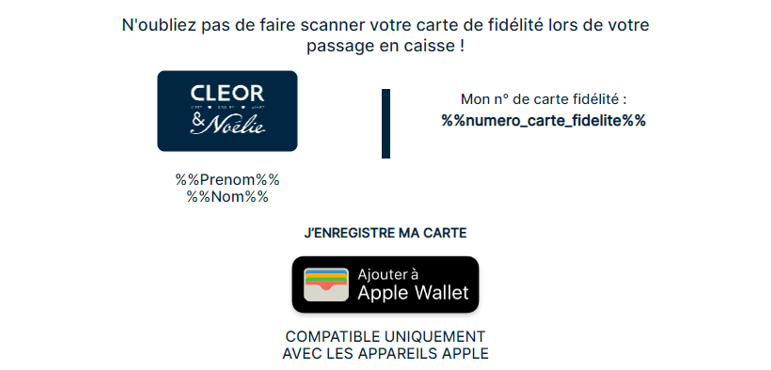
Take Advantage of Dartagnan’s User-Friendly Interface to Streamline Your Processes
The email builder Dartagnan has been designed to allow our clients to create email campaigns in just a few clicks.
Today, the key to campaign performance lies in segmentation: the finer your segmentation, the more personalized and impactful your emails will be for your customers. But segmentation also means the need to produce more email campaigns. This is often where CRM teams face a deadlock: production cannot keep up with segmentation and needs.
Thanks to Dartagnan’s user-friendly interface, you can create, duplicate, and modify your campaigns in minutes, increasing your responsiveness and streamlining your production.
Another way to approach the implementation of your segmentation strategy!

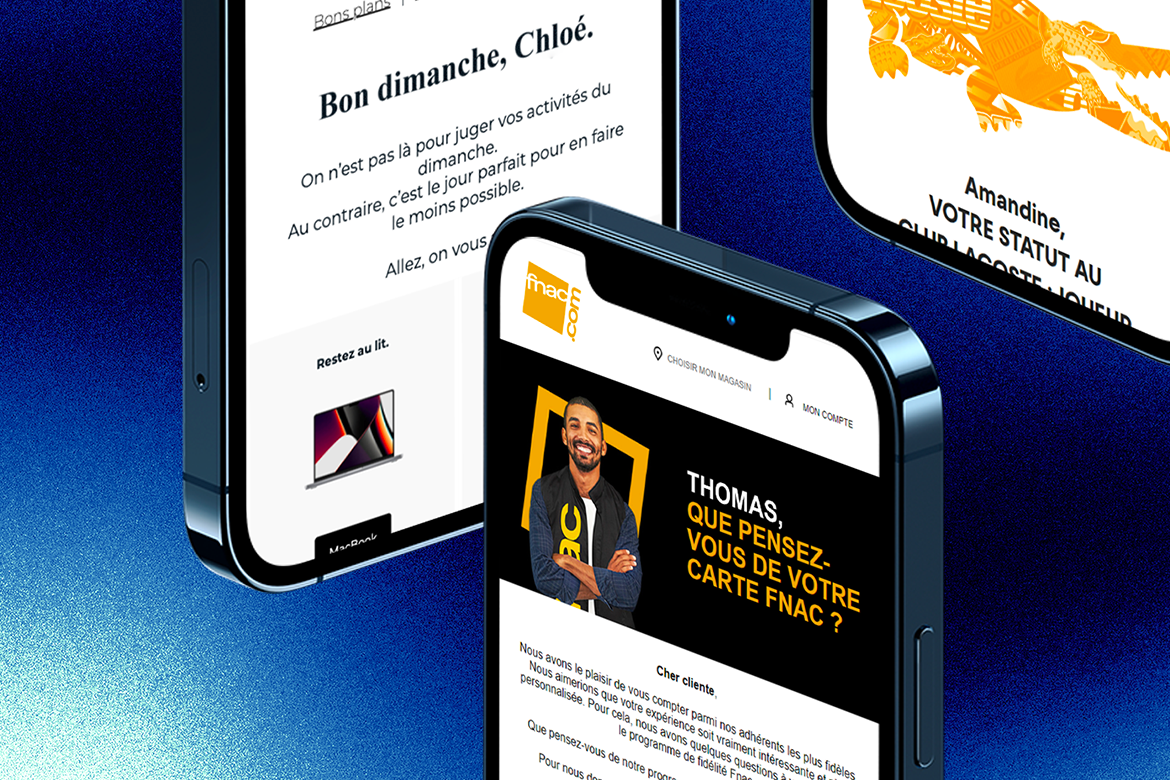
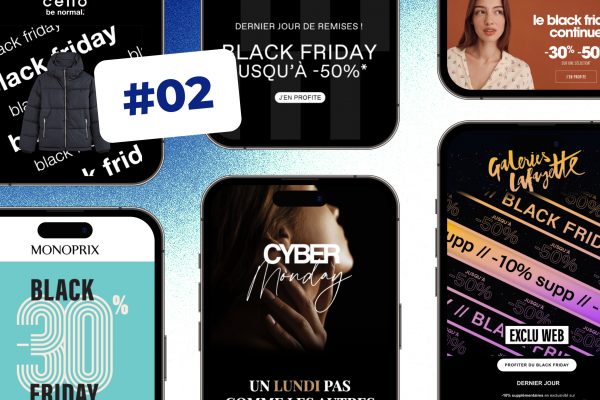
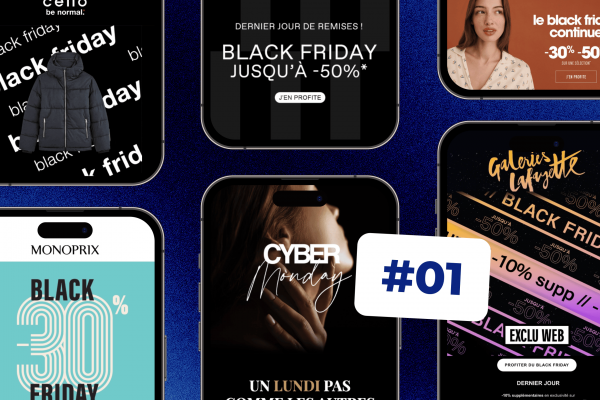
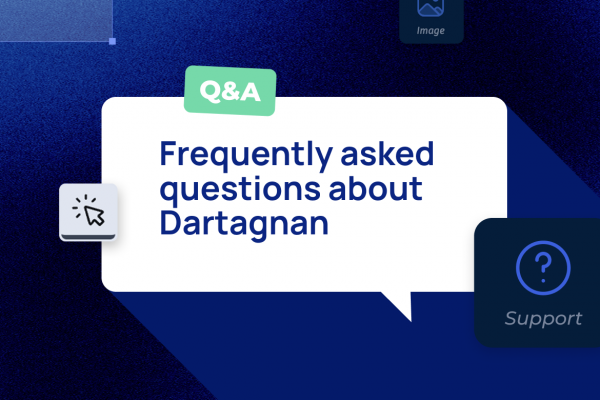


Aucun commentaire pour l'instant